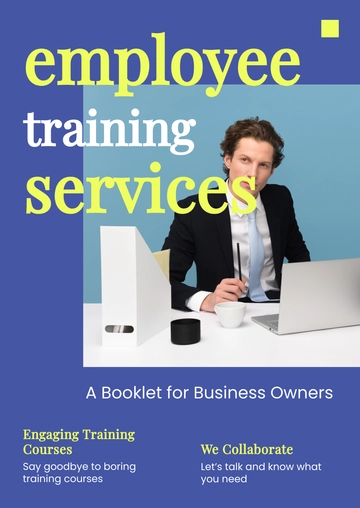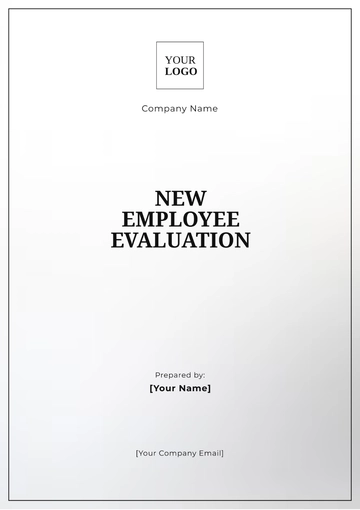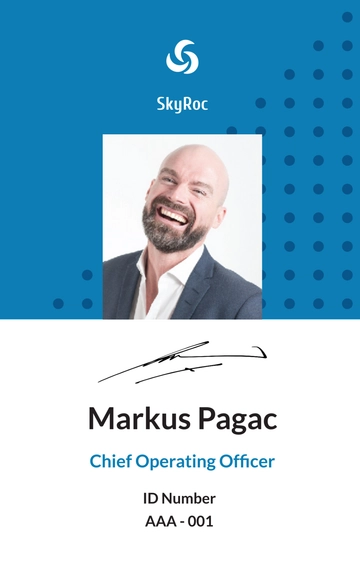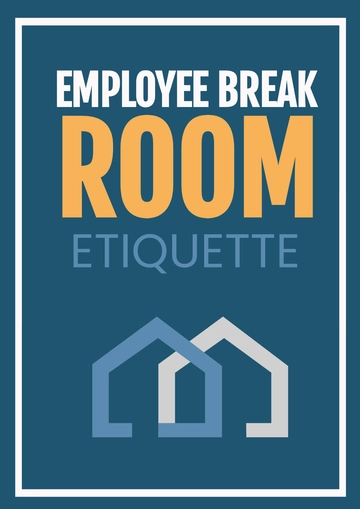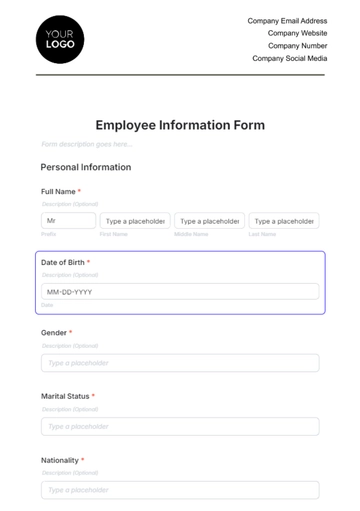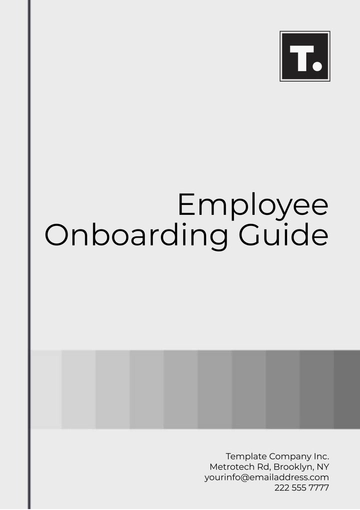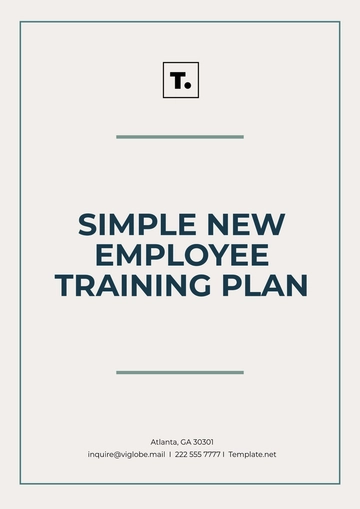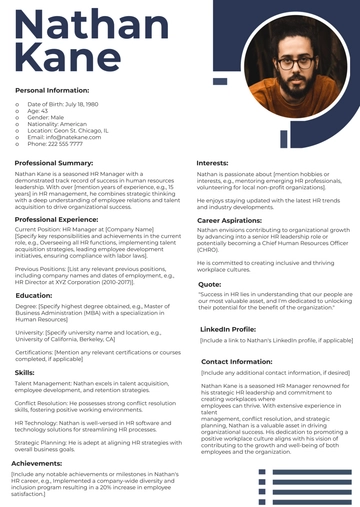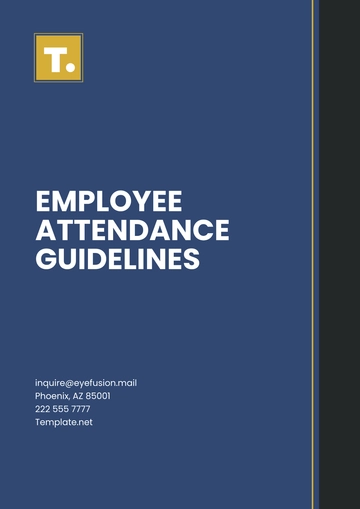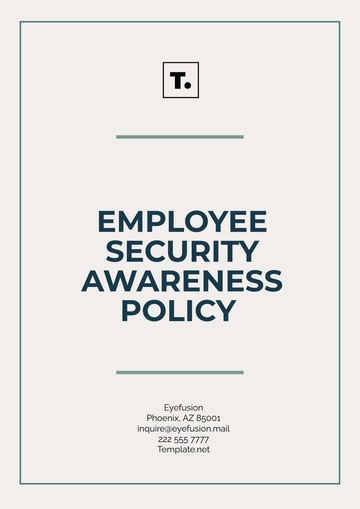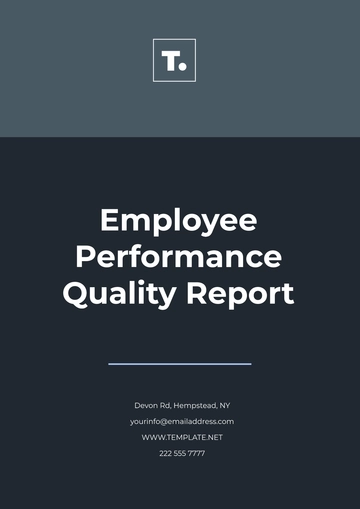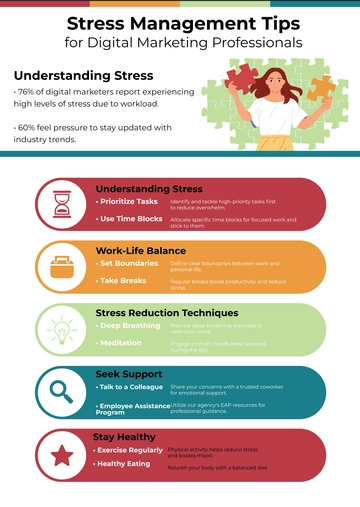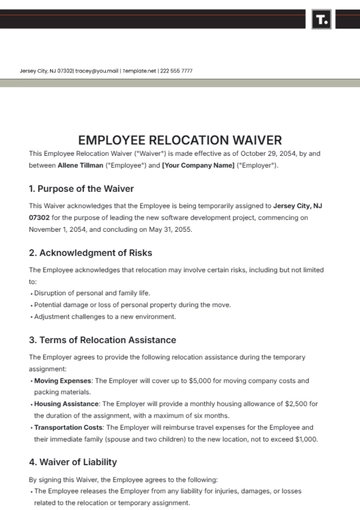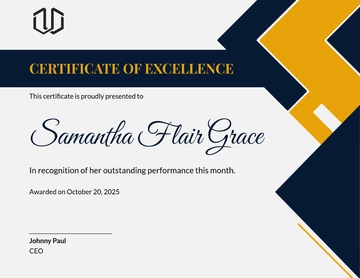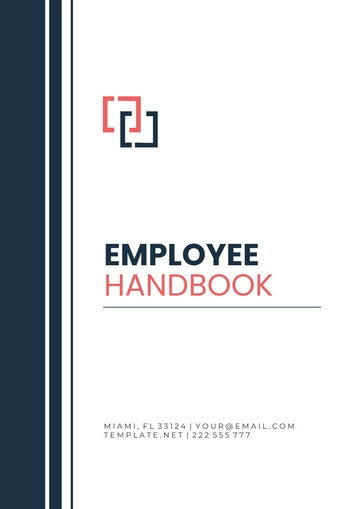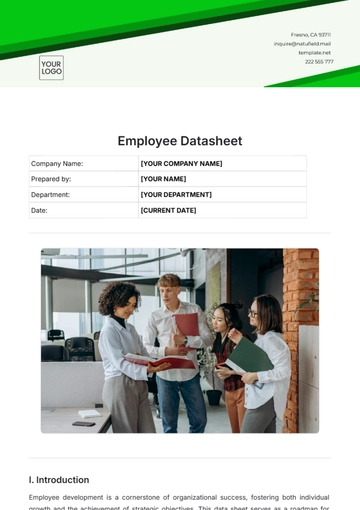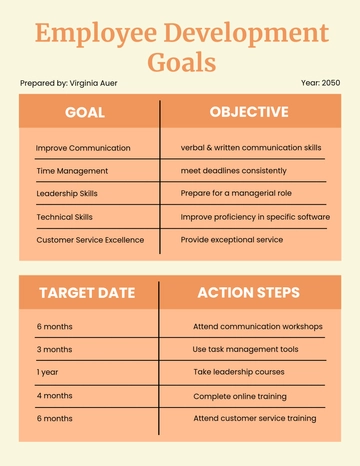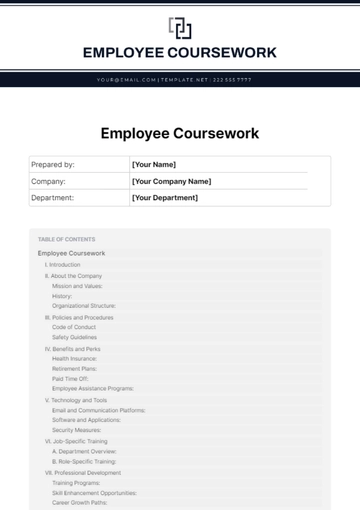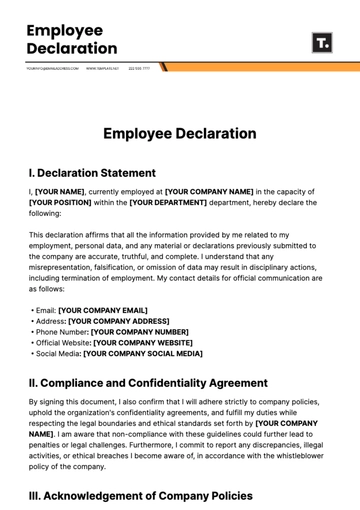Free Employee Mental Health First Aid Guide
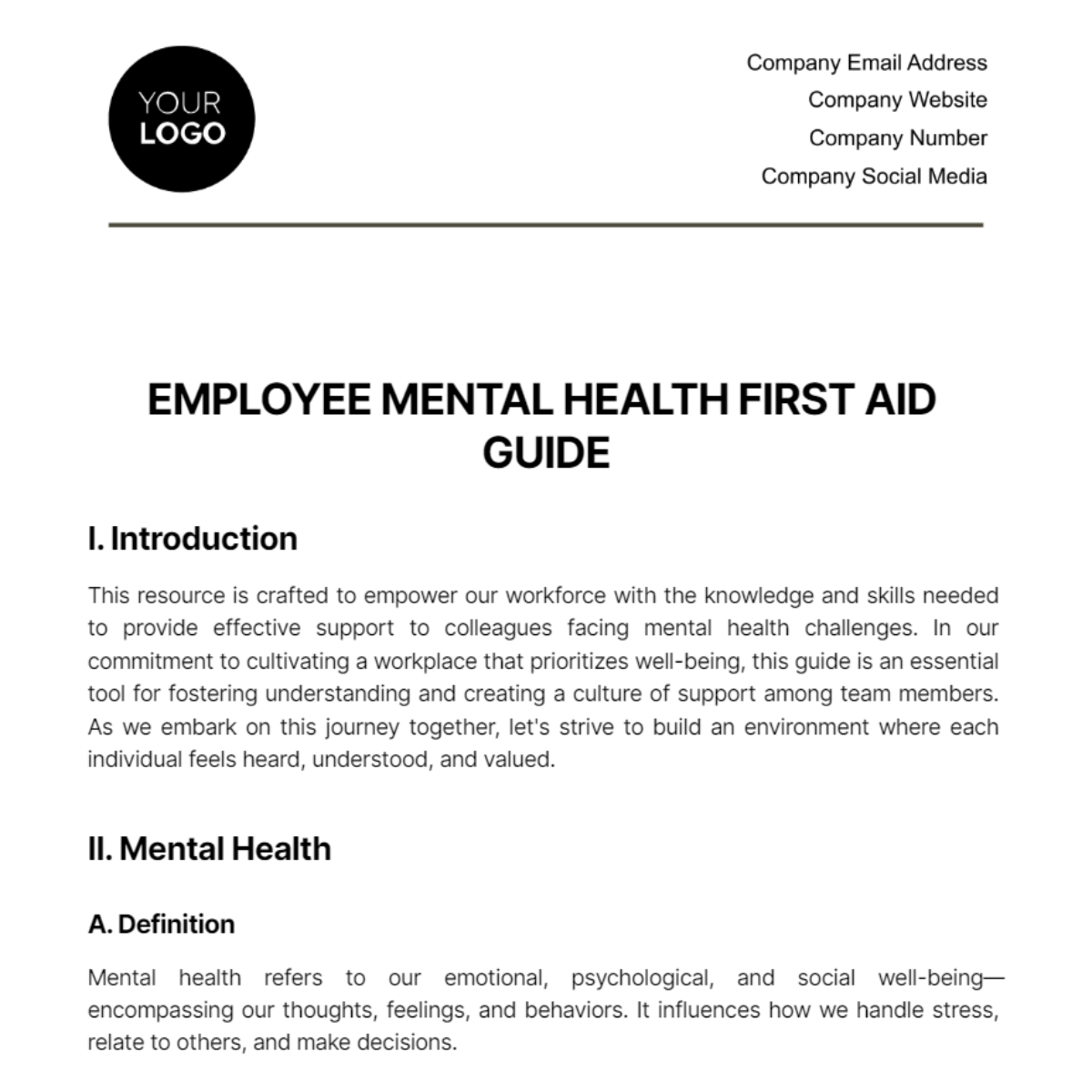
I. Introduction
This resource is crafted to empower our workforce with the knowledge and skills needed to provide effective support to colleagues facing mental health challenges. In our commitment to cultivating a workplace that prioritizes well-being, this guide is an essential tool for fostering understanding and creating a culture of support among team members. As we embark on this journey together, let's strive to build an environment where each individual feels heard, understood, and valued.
II. Mental Health
A. Definition
Mental health refers to our emotional, psychological, and social well-being—encompassing our thoughts, feelings, and behaviors. It influences how we handle stress, relate to others, and make decisions.
B. Common Mental Health Conditions
Anxiety Disorders
Characterized by excessive worry, fear, or unease.
2. Depression
Persistent sadness, loss of interest or pleasure, and feelings of hopelessness.
3. Stress-related Disorders
Result from exposure to traumatic events, leading to ongoing stress and anxiety.
4. Bipolar Disorder
Involves extreme mood swings, including periods of mania and depression.
III. Recognizing Mental Health Issues
A. Observation and Awareness
Cultivate awareness by noting changes in behavior and mood.
Be attentive to shifts in performance and social interactions.
B. Approaching a Colleague
Select a private setting to ensure confidentiality and comfort.
Express concern with empathy, fostering an open and supportive dialogue.
IV. Supportive Communication
A. Effective Communication Strategies
Practice active listening to understand your colleague's perspective.
Use open-ended questions to encourage meaningful dialogue.
B. Offering Initial Support
Validate feelings without judgment, emphasizing understanding.
Encourage seeking professional help and provide resource information.
C. Confidentiality
Keep discussions private and disclose information only as needed.
Uphold confidentiality to build trust and ensure privacy.
D. Reducing Stigma
Challenge stereotypes and myths surrounding mental health.
Educate others about mental health to destigmatize conversations.
V. Self-Care Techniques
A. Personal Well-being Practices
Promote well-being through mindfulness and relaxation techniques.
Prioritize self-care activities, emphasizing individual health.
B. Coping Strategies
Manage stress with coping strategies such as building a strong support network.
Engage in physical activities for stress relief and mental resilience.
VI. Emergency Procedures
A. Urgent Situations
Promptly call emergency services if there is an immediate danger to the individual's safety.
Ensure the safety of everyone involved and follow established emergency response protocols.
B. Post-Incident Support
After addressing the immediate crisis, provide ongoing support to the affected individual.
Encourage the use of available resources, such as counseling services and mental health professionals.
VII. Training and Education Opportunities
A. Mental Health Training Programs
Participate in workshops and seminars on mental health awareness.
Stay informed about available training opportunities to enhance understanding.
B. Continuous Learning
Embrace a culture of continuous learning and stay updated on mental health topics.
Encourage colleagues to actively seek knowledge and resources for ongoing development.
VIII. Conclusion
This guide serves as a foundational tool for navigating the complex terrain of mental health in the workplace. By understanding, recognizing, and responding with empathy, each team member contributes to the creation of a supportive environment where mental well-being is prioritized. Together, let's foster a workplace culture that values and supports the holistic health of every individual.
- 100% Customizable, free editor
- Access 1 Million+ Templates, photo’s & graphics
- Download or share as a template
- Click and replace photos, graphics, text, backgrounds
- Resize, crop, AI write & more
- Access advanced editor
Introducing the Employee Mental Health First Aid Guide Template by Template.net. This editable and customizable resource, enhanced with our Ai Editor Tool, enables the creation of tailored mental health first aid guides. Equip your workforce with essential knowledge and strategies for supporting mental well-being. Streamline guide development effortlessly with Template.net's innovative solution.
You may also like
- Employee Letter
- Employee ID Card
- Employee Checklist
- Employee Certificate
- Employee Report
- Employee Training Checklist
- Employee Agreement
- Employee Contract
- Employee Training Plan
- Employee Incident Report
- Employee Survey
- Employee of the Month Certificate
- Employee Development Plan
- Employee Action Plan
- Employee Roadmap
- Employee Poster
- Employee Form
- Employee Engagement Survey
